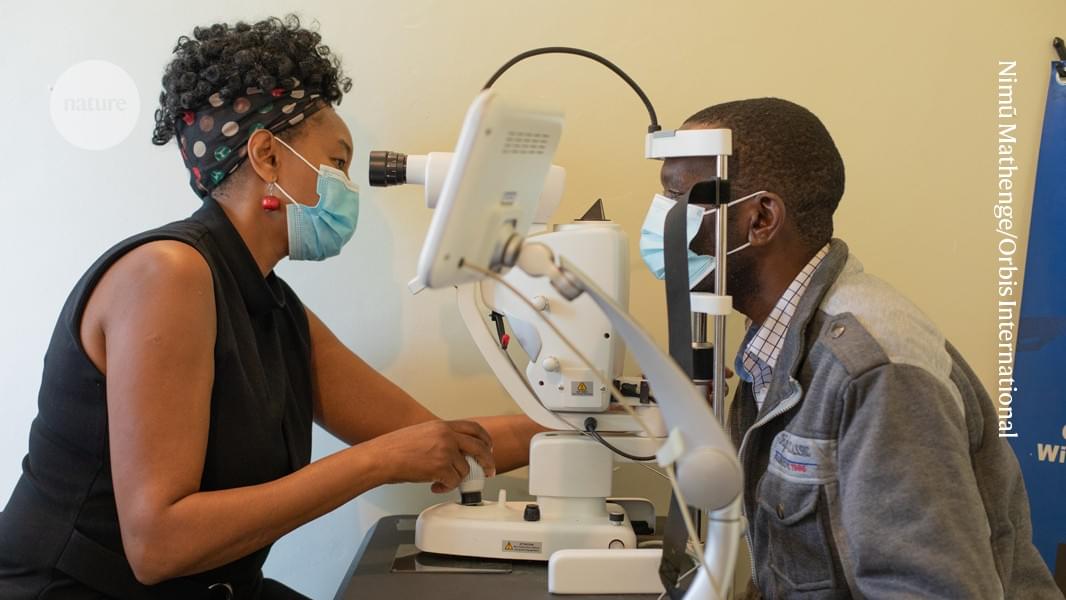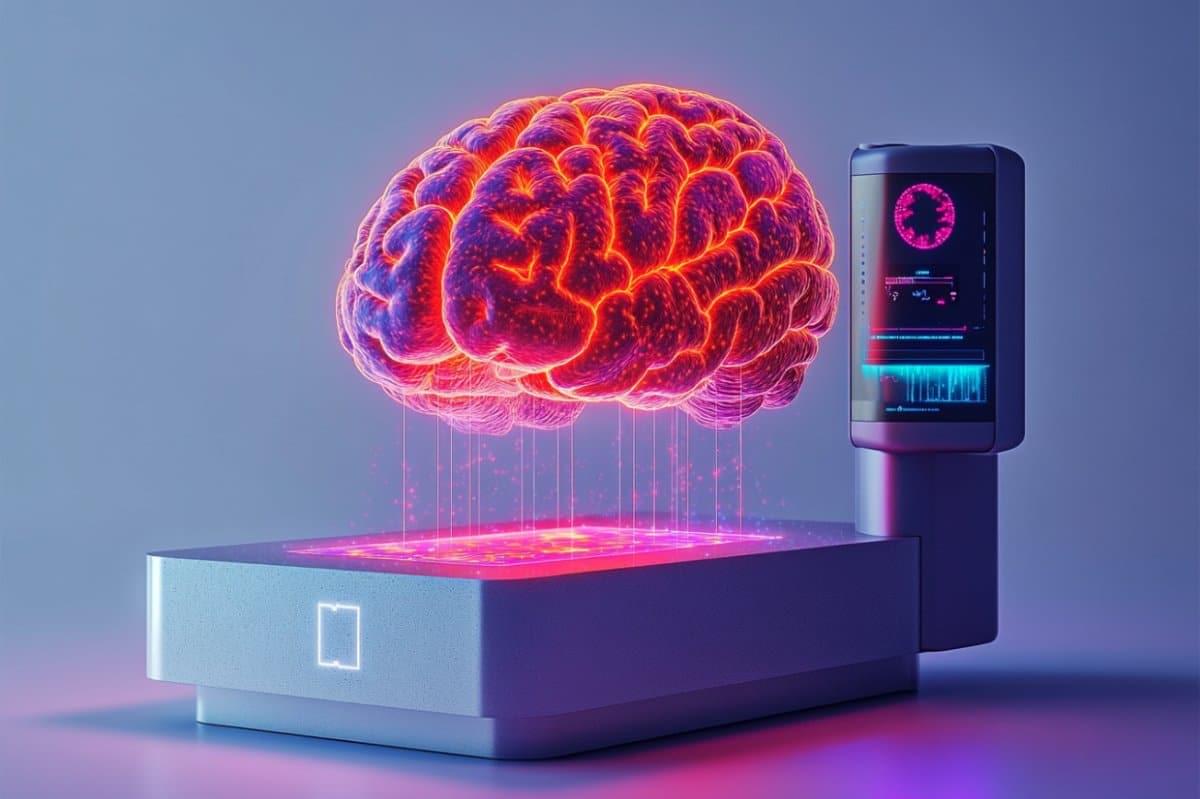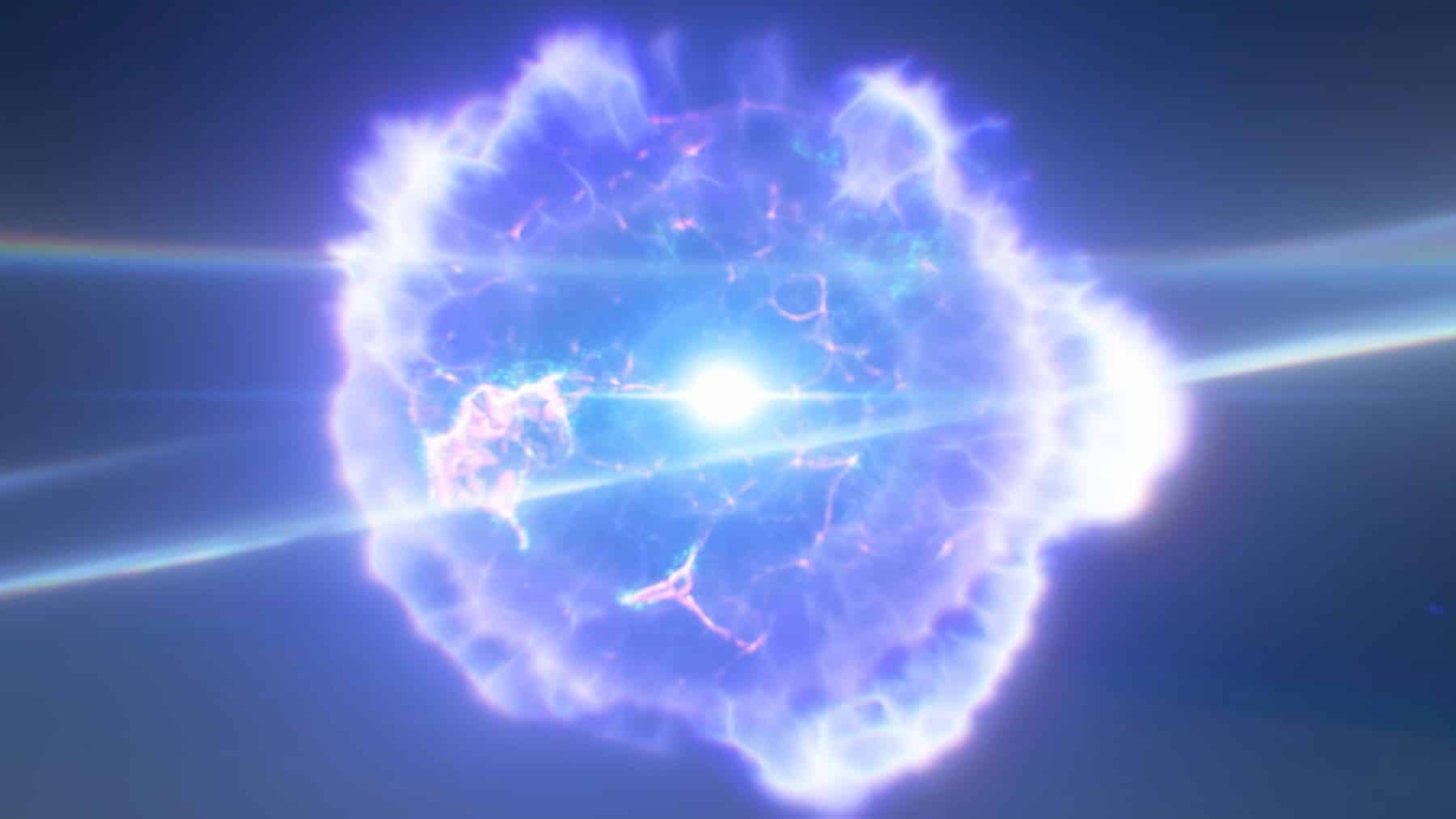Technology rivals ophthalmologists at detecting diabetic retinopathy, allowing more people to be screened globally.


Love this short paper which reveals a significant insight about alien life with a simple ‘back-of-the-envelope’ calculation! — “We find that as long as the probability that a habitable zone planet develops a technological species is larger than ~10^-24, humanity is not the only time technological intelligence has evolved.” [In the observable universe]
Free preprint version: https://arxiv.org/abs/1510.
#aliens #astrobiology #life #universe
Abstract In this article, we address the cosmic frequency of technological species. Recent advances in exoplanet studies provide strong constraints on all astrophysical terms in the Drake equation. Using these and modifying the form and intent of the Drake equation, we set a firm lower bound on the probability that one or more technological species have evolved anywhere and at any time in the history of the observable Universe. We find that as long as the probability that a habitable zone planet develops a technological species is larger than ∼10−24, humanity is not the only time technological intelligence has evolved. This constraint has important scientific and philosophical consequences. Key Words: Life—Intelligence—Extraterrestrial life. Astrobiology 2016359–362.


What will it take to build a fully automated, autonomous, AI-powered civilization? A big question — true — but arguably a more interesting and inspiring one than talking about the latest chatbot. As I discovered on a recent visit to Seoul, South Korea is already the most automated country on the planet, with 1 out of 10 workers already a robot. Could this city be a preview of how we will live in the near future? Watch this video to learn some key lessons I discovered, that may be valuable as we start to imagine what our world might look like in 2035 and beyond.



In this remarkable conversation, Michael Levin (Tufts University) and Blaise Agüera y Arcas (Google) examine what happens when biology and computation collide at their foundations. Their recent papers—arriving simultaneously yet from distinct intellectual traditions—illuminate how simple rules generate complex behaviors that challenge our understanding of life, intelligence, and agency.
Michael’s \
This is an interview with Dr. Michael Levin, a pioneering developmental biologist at Tufts University.
This is an additional installment of our \.